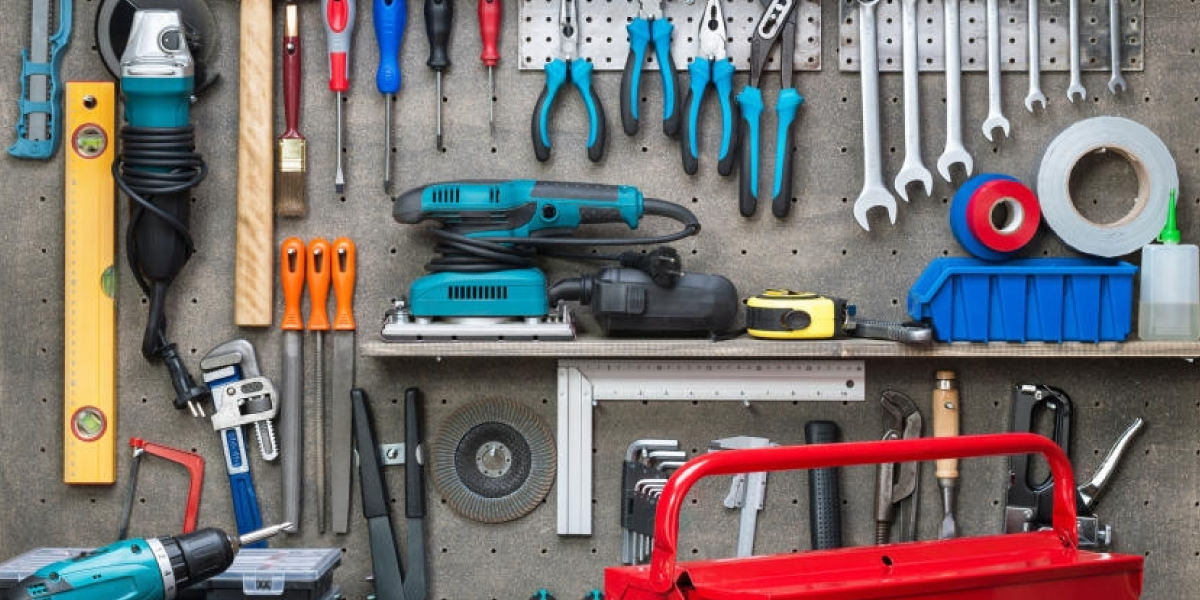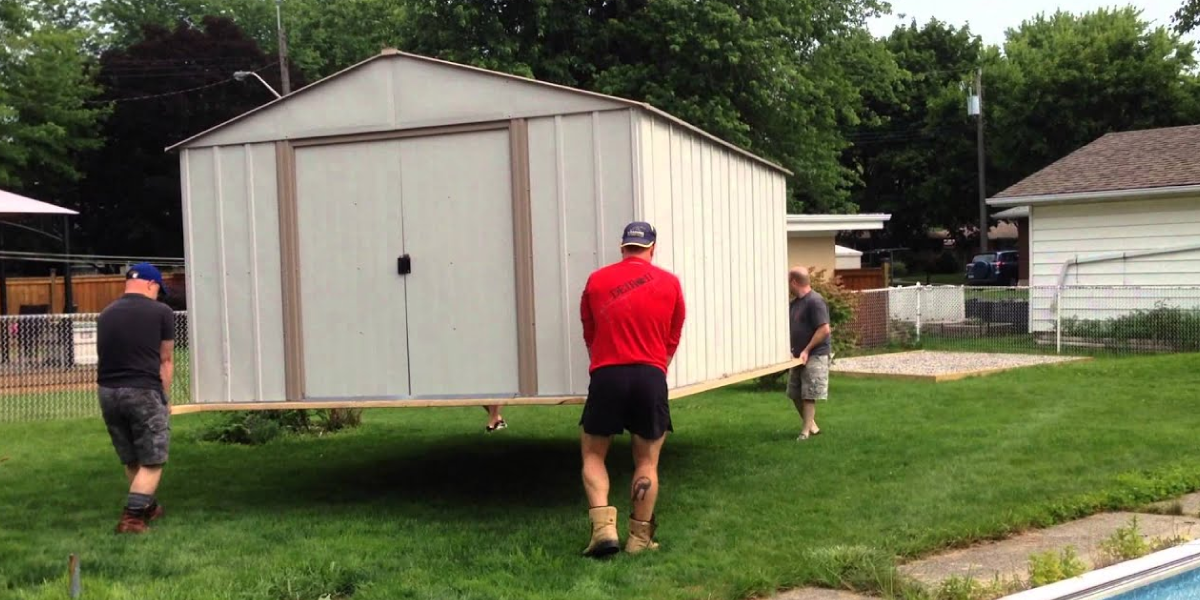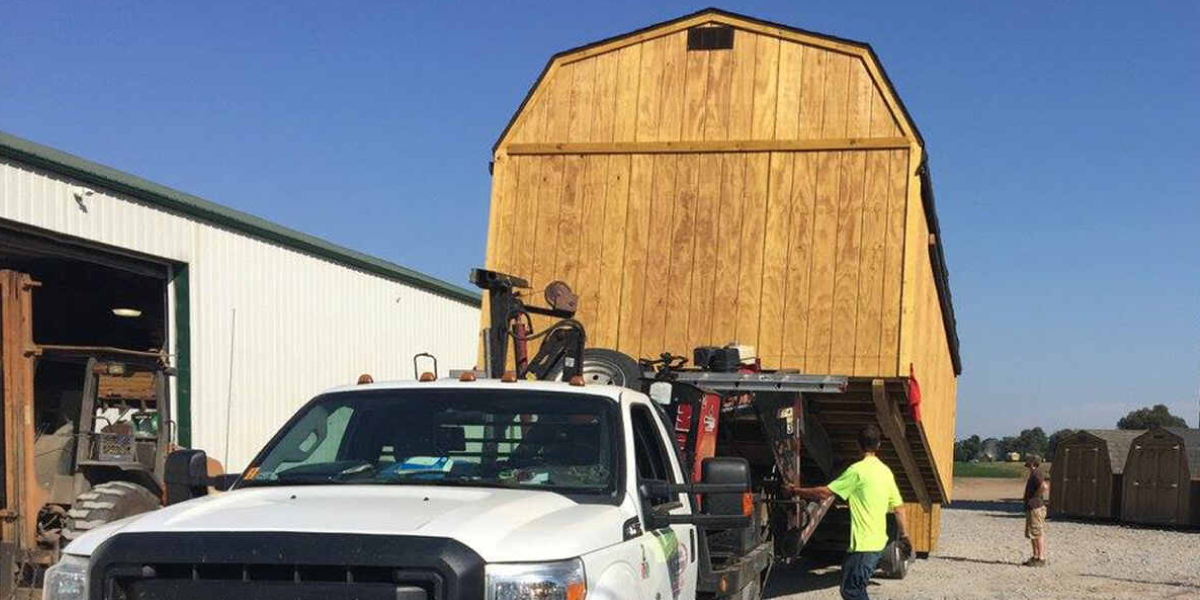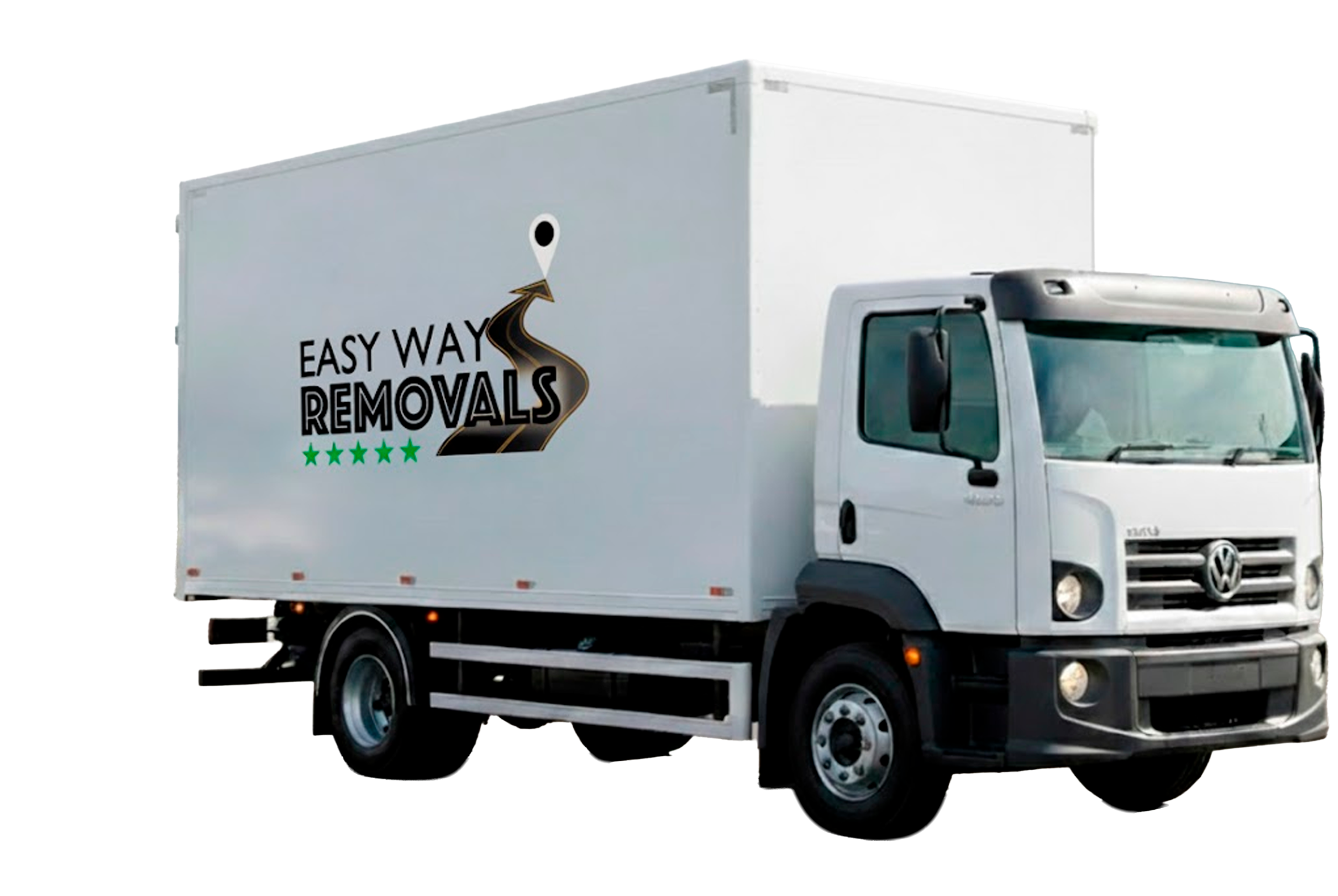Ever looked at your garden shed and thought, “That’s not where I want it anymore”? Maybe it’s blocking sunlight. Maybe you’re redoing your garden. Or maybe you’re moving to a new home and want to take it with you.
Many people reach a point where their shed needs a new spot — but the big question is: “How do you move a storage shed without breaking it or hurting yourself?”
The good news? It’s possible. You don’t always need fancy machines or a big crew. With the right tools, a bit of planning, and a few helping hands, you can move that shed safely and smartly.
This blog will walk you through each step. From checking if your shed can even be moved to setting it up in the new place, we’ll cover everything. Let’s make the job easier and avoid the stress.
Let’s begin.
Before we begin how to transport a shed, ask yourself a few questions:
| Checkpoint | Yes or No? |
| Is your shed made of wood, metal, or plastic? | ✔️ |
| Is the shed still strong and not falling apart? | ✔️ |
| Is it sitting on a flat base, not deep into the ground? | ✔️ |
| Is there space to move it out safely? | ✔️ |
| Do you need permission from the council (if big or permanent)? | Maybe |

Let’s get your tools ready. Here’s a list of basic items:
| Tool | Why You Need It |
| Jacks and crowbars | To lift the shed off the ground |
| PVC pipes or rollers | To roll the shed across the yard |
| Moving dolly or trailer | To carry or tow the shed |
| Plywood boards | To keep the shed steady on uneven ground |
| Strong straps or chains | To hold everything tight and safe |
| Gloves and boots | For safety while lifting and moving |

Before you even start lifting the shed, let’s make sure it’s fully prepared and nothing gets in the way.
Here’s what you need to do step by step.
Take out all the tools, boxes, and anything else stored inside the shed. You want it to be as light as possible. Moving a full shed is not just hard — it can also damage the inside items or even break the structure.
If your shed has electricity, lights, or water pipes, make sure they’re all disconnected properly. Turn off the power or shut off the water if needed. You don’t want any wires or pipes pulling or snapping while moving.
Check for mud around the base or anything sticking to the walls. Also look for wasp nests, spider webs, or any pests that might cause trouble when you grab or lift the shed. A clean shed is safer to handle and easier to move.
Measure the size of your shed so you know exactly how big it is. Then, check the path you’ll use to move it, including doorways, gates, fences, or tight corners. Also, measure the new spot where you want to place the shed so you’re sure it will fit perfectly.

Whenever it comes to how to relocate a shed, there are two simple ways to do this.
This works great for small or medium sheds.
Steps:
Pro Tip: You will need 2 or 3 people to help.
This is better for longer distances or bigger sheds.
Steps:
Pro Tip: Make sure the trailer is strong enough to carry the shed’s weight.
If you’re planning to move your shed to a different house or a new piece of land, there are a few important things you need to take care of first.
Some sheds, especially the ones made of wood or plastic panels, can be taken apart. This makes the move much easier and reduces the chance of breaking anything. Take your time with this step, and be sure to label all the parts or take pictures as you go. This will help you put it back together properly later.
Big or older sheds can be tricky to move safely without the right tools. A professional moving company can take care of everything — from lifting to transport. They usually have special trailers and lifting gear to do the job right.
Need moving supplies? We’ve got everything you need—sturdy boxes, complete moving kits, bubble wrap, and more. Spend over £60 and enjoy free next-day delivery. Whether you’re moving just a few things or handling large, heavy items, we’ve got you covered.
Not sure how to pack and move efficiently? Visit our blog for easy tips and expert advice from Easy Way Removals!
Once the shed is loaded onto a trailer or truck, it’s important to cover it with a tarp or protective sheet to keep out wind, rain, or dust. Use strong straps or chains to hold it firmly in place so it doesn’t shift or fall while on the road.
Once the shed reaches the new place, do the following:

Many people run into problems when trying to move a shed, mostly because they rush or skip important steps.
One big mistake is not measuring the width of your gates or narrow spaces. If the shed is wider than the gate, it can get stuck halfway through, and you’ll have to backtrack or even take down parts of the fence.
Another common mistake is trying to move the shed alone. Even small sheds are heavy and awkward to carry. Without help, you can easily injure your back, drop the shed, or damage your garden.
Some people also forget to wear proper safety gear like gloves, boots, or back support. This can lead to cuts, splinters, or even serious injuries while lifting or sliding the shed.
And finally, avoid moving the shed on a rainy day. Wet ground gets slippery and soft, which can cause the shed to slide, sink, or tilt while you’re trying to move it. Always wait for dry weather if you can.
Even, we’ve made a guide for you to learn all about how to pack fragile items.
Here are some clever tricks that make shed moving easier:
Take your time and don’t rush. Moving a shed takes planning, so think ahead about where it’s going and how you’ll move it. Use the right tools like rollers, jacks, and straps to make it easier and safer. Don’t be afraid to ask for help. A small shed can be moved with a few friends, but for bigger or heavier ones, it’s best to call in professionals. In the end, your safety and the shed’s safety come first, so always plan carefully.




